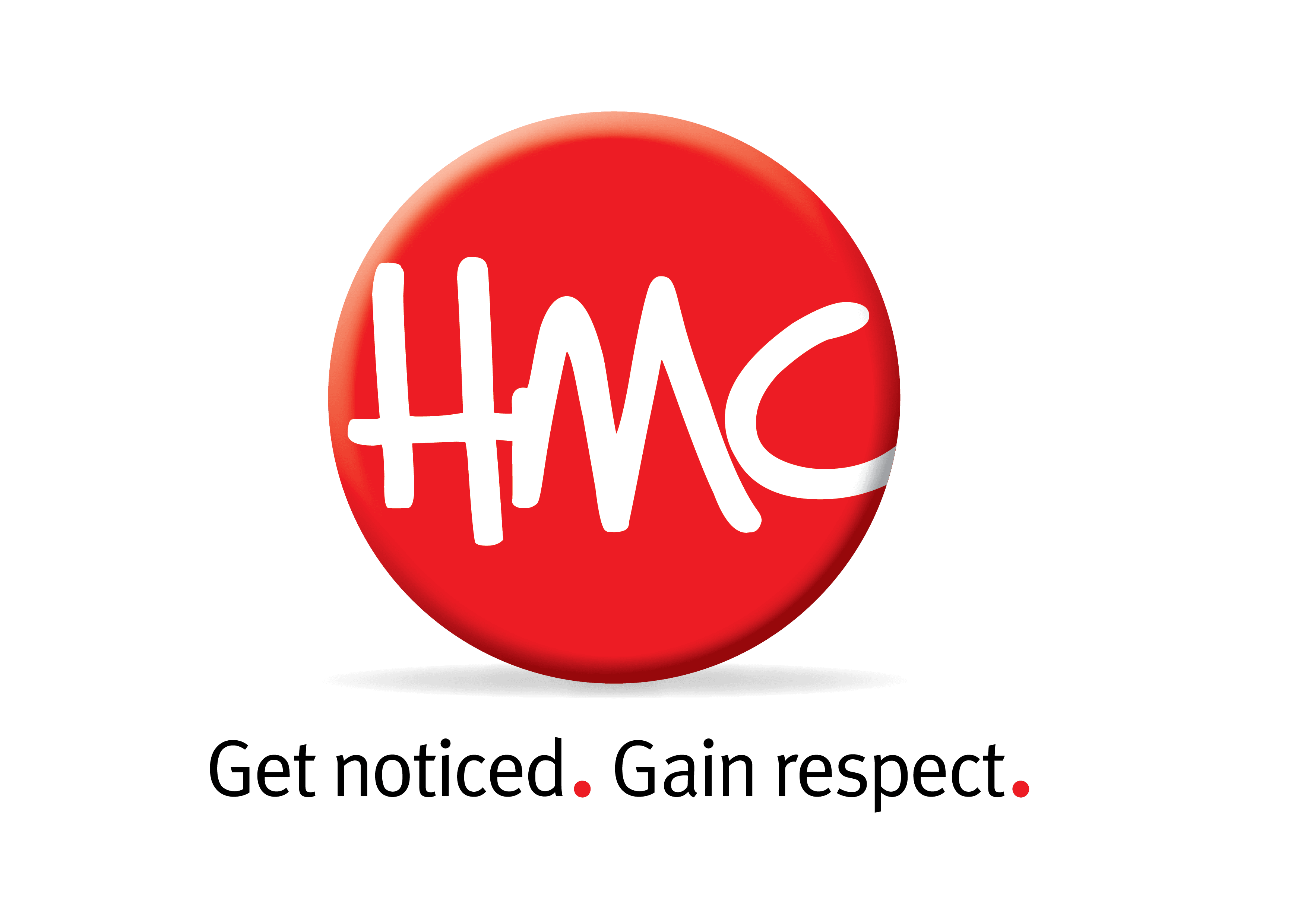Authenticity is the buzzword of modern leadership, but has it become a bit… cringe?
You’ve seen it: the heavily filtered story of “vulnerability” wrapped in a life lesson about leadership or sales strategy. Sometimes it’s powerful. Sometimes it’s inspiring. And sometimes it’s a guy posting a photo of his marriage proposal and linking it back to SaaS sales. (Come on.)
In a world where relatability is currency, more business leaders are sharing personal stories online to connect with their teams, customers, and peers - and that’s not a bad thing. In fact, when it’s done well, authentic sharing can build trust, boost engagement, and spark genuine connection.
But when it’s not? It starts to look like a humble brag in disguise, or worse, emotional oversharing that makes people uncomfortable.
So how do you walk the line between being real and being… too real?
What is authentic sharing when it's done well?
At its best, authentic sharing means communicating from a place of integrity. It’s aligning your stories with your values, being honest about your experiences, and occasionally showing a little vulnerability to build connection, not to win sympathy or likes.
It’s not about dumping your diary or posting for attention. It’s about relevance, timing, and service to your audience.
When leaders get this right, the results are powerful. Studies show that authentic leadership builds trust, fosters engagement, improves workplace culture, and even increases innovation by creating psychological safety. People are more likely to open up, contribute ideas, and go the extra mile when they feel like they’re working with a human, not just a title.
The slippery slope: when authenticity becomes oversharing
But the rise of authentic leadership online has also given rise to the “relatable influencer CEO” archetype, complete with personal drama, dramatic transformation arcs, and tearful selfies in airport lounges.
Take our SaaS-sales-proposal-guy example. That post was clearly meant to tug at the heartstrings while positioning him as emotionally intelligent and insightful. But the link between the life event and the business lesson was so tenuous that it became laughable. People aren’t stupid, they can spot a stretch when they see one.
This is where authenticity backfires. Instead of building trust, it raises eyebrows. Instead of being inspiring, it feels self-indulgent.
Why oversharing can backfire
Authenticity is powerful but without boundaries, it can erode credibility and make people uncomfortable. When a leader shares too much, too soon, or without a clear purpose, it can create more confusion than connection.
It also risks undermining psychological safety rather than enhancing it. If a leader appears emotionally unstable or overly focused on themselves, their team might hesitate to share their own ideas or feedback.
Bottom line? Not everything needs to be a LinkedIn post. Especially not while you're still in the thick of it.
So, how do you get it right?
Here’s how to stay real without going overboard:
Check your intent. Are you trying to inspire or trying to be liked? If it’s the latter, pause.
Run the relevance test. Does this actually serve your audience, or is it just a humble brag in disguise?
Start small. Vulnerability doesn’t mean trauma dumping. Share light first and gauge response.
Use your voice not someone else’s formula. Don’t try to replicate what worked for someone else. If it doesn’t sound like you, it’s not authentic.
Share from the scar, not the wound. If you’re still feeling raw, it’s probably too soon to make it a leadership lesson. Give yourself time to heal and reflect. Once it’s a scar - not a wound - you can speak from wisdom, not emotion. That’s when your message will land.
Authentic leadership isn’t going anywhere. In fact, in a world of AI-generated everything and carefully curated brand personas, being genuinely you might be your biggest differentiator.
But if you’re going to show up with a story, make sure it’s thoughtful, relevant, and grounded in purpose.
Because the best kind of authenticity?
The kind that puts your audience first.

